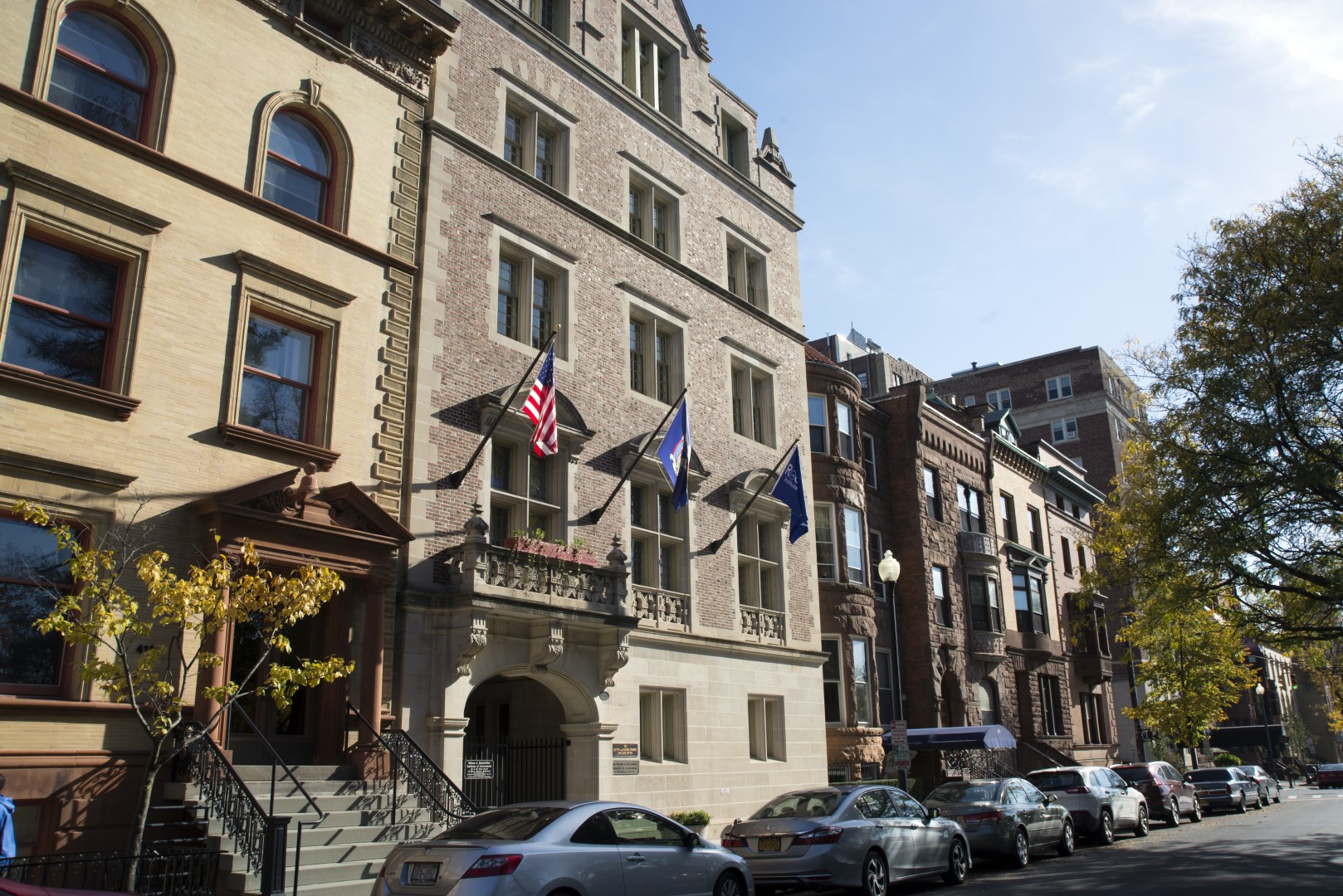New York State Department of Labor Commissioner Roberta Reardon delivered an address on the ‘State of Labor in New York State’ at the Rockefeller Institute of Government on November 28, 2017.
Commissioner Reardon was appointed by Governor Andrew M. Cuomo in October 2015 to oversee the Department of Labor’s more than 3,300 employees. In her presentation and question-and-answer session, she discussed the changing employment landscape in New York over the past 10 years and the trends and forces shaping its future — from the fight for a $15 minimum wage to the middle-skills gap and the ‘green collar’ economy.
How employment trends in New York have changed over the last decade
“I will say right from the start that the state of labor in New York is great. We are in a very, very good place and the future is very bright.”
- The state has added about 1 million private sector jobs since 2010, with a total of about 8 million today. She credited much of that to the work of Regional Economic Development Councils.
- Milestone achievements include New York’s move to a $15 minimum wage, the establishment of paid family leave, and the Excelsior Scholarship.
The middle-skills gap
“There are lots of jobs out there. Now we have to figure out how we prepare people to go into those jobs. For businesses, the biggest challenge is finding those skilled workers, and we hear it all the time. What we hear them talk about more than anything is middle-skills jobs.”
Those are jobs that require more than a high school education, but less than a typical four year degree, often skilled trades.
- New York, there are 4.5 million middle-skills jobs, according to a study by the National Skills Coalition, but only 3.4 million workers trained to do them.
- Unemployment in New York is highest among 16-24 year olds. In 2012, it was nearly 20 percent. Today it is just below 14 percent, or 170,000 young people. “It’s pervasive and it is in every region of this state.”
Commissioner Reardon discussed positive movements toward closing the gap — including investments in BOCES and PTECH programs and innovative community college initiatives — and remaining barriers, as well as success stories that could be replicated elsewhere.
The role of education
“Education needs to be not just at the table, education needs to be driving this conversation — across the board, starting in Pre-K. We need to think about how we expose kids to opportunity and then how we support them as they begin to pursue these jobs. And we need to support those families as well.”
The gig economy
“The problem with the gig economy is it’s so sharp a divide it has the threat of flipping established businesses into that model. And it will be incredibly disruptive. So we need to think about what is the cost to society, to culture as a whole, if workers have no safety net… Those safety nets are there for a reason. It’s not to cushion people. It’s to cushion society.”
The green energy economy
“The green jobs economy is a great example of upskilling to meet the future. The IBEW [International Brotherhood of Electrical Workers] is already beginning to develop programs to make sure that their workers in the energy pipeline know how to work in solar, in wind power, in biomass, and they’re making sure that their workers are getting the training… That is the future. If we are to fulfill the governor’s mandate of 50 [percent renewable energy] by ‘30, that’s a lot of green jobs.”

